Five of the World’s Most Prolific Authors

Higher quantity doesn’t always translate to higher quality…but a huge body of work is still pretty impressive!
The task of composing a coherent plot or poem, let alone adding higher aesthetics to the work, requires a great deal of dedication. There are a few rarely prolific authors who’ve been able to both produce boatloads of texts that are both critically and commercially successful.
In the list below, we’ll take a look at five insanely prolific authors that have left an indelible mark on the history of literature.
Five Prolific Authors You Need to Check Out
Isaac Asimov
Russian-born author Isaac Asimov is a legend in the sci-fi community. Some of his most famous books, including I, Robot, have gone on to become major box office hits. From his first short story in 1938 until his death in 1992, Asimov published almost 500 books.

Dr. Isaac Asimov by Phillip Leonian [Public Domain], via Wikimedia Commons
Asimov was born in 1920 in a small Russian town close to the border with Belarus. While Asimov was still an infant, his family decided to immigrate to New York in search of a better life. After they arrived in Brooklyn, Asimov’s parents set up a few candy shops. While helping his parents run the shops, Asimov taught himself to read in both English and Yiddish. He eventually went on to study medicine at Columbia University and graduated with an MA and PhD.
Immediately after graduating from Columbia, Asimov started working for the Boston University School of Medicine as an associate professor of biochemistry. He continued in this post well into the 1970s, all the while writing fiction on the side.
His first published work, “Marooned Off Vesta” (1932), tells the story of three astronauts trapped in a dangerous asteroid belt. It wasn’t until 1950 that Asimov finished his first novel Pebble in the Sky. This novel, which is officially a part of Asimov’s Galactic Empire series, follows a Chicago-based tailor who is transported into the future.
1950 also saw the release of one of Asimov’s most influential novels: I, Robot. This novel, which includes the famous “Three Laws of Robotics,” revolutionized how we think about artificial intelligence. Today, most people know of this famous Asimov work thanks to the 2004 film starring Will Smith.
In 1951, Asimov published the novel Foundation, which served as the, well, “foundation” for his Foundation series of novels. The other major novels in this series include Foundation and Empire and Second Foundation, which were both released within two years of the first novel’s publication.
Hari Seldon, the protaganist of this series, is able to see into the future using a complicated science called “psychohistory.” According to Seldon’s predictions, the Galactic Empire will soon enter a long Dark Age. With this knowledge, Seldon decides to go on a quest to hire the most intelligent people around the galaxy and preserve humanity’s knowledge.

Cover, Science Fiction Quarterly, November 1956 [Public Domain], via Wikimedia Commons
Although Asimov’s best-known works were related to science fiction, he also wrote in genres as varied as fantasy, Biblical study, and mathematics. Asimov also wrote almost 100,000 letters during his lifetime. By the time of his death at the age of 79, Asimov had been awarded many prestigious honors and was considered one of the finest sci-fi writers of the 20th century. He even had an asteroid (Number 5020) named after him.

An Orbit of 5020 Asimov by NASA/JPL, via Wikimedia Commons
To complete all of these works, Asimov spent most of his free time in complete isolation. In an interview later in life, Asimov gave some advice to aspiring writers who wanted to follow in his footsteps:
“If you want to be a prolific writer, you have to be a single-minded, driven, non-stop person. Sounds horrible, doesn’t it? Well, then, concentrate on being a good writer, and leave prolific for those poor souls who can’t help it.”
Lope de Vega
You know you’re a prolific author when Goethe envies you. That’s right, the German literary titan famously envied the output of Spanish author Lope de Vega.
So just how much did Mr. de Vega write during his life? Conservative estimates suggest the “Phoenix of Spain” wrote well over 400 plays, 3,000 sonnets, dozens of prose works, and a few epic poems.

Félix Lope de Vega y Carpio (1562-1635) [Public Domain], via Wikimedia Commons
Lope de Vega (real name Lope Félix de Vega Carpio) was born in 1562 in Madrid. Early in life, de Vega studied to become a priest in the city of Alcalá de Henares. Around 1577, however, de Vega was distracted from his studies by a married woman whom he followed back to Madrid. While in Madrid, Lope de Vega quickly estabilshed himself as a premier dramatist.
Lope de Vega claimed he could write at least 20 pages of a play every day. That’s quite impressive when one considers how, um, “busy” Lope de Vega’s love life was. One just has to read through his celebrated romantic verses to discover that de Vega was always involved in some kind of romantic entanglement.
His most popular dramatic form was the comedia, a new style of Spanish drama that used lyrical verse and combined elements of tragedy and comedy. Many of these comedia either detailed historic exploits in Spain’s past or examined the modern mores of the Spanish empire. In addition to earning money from his plays, Lope de Vega was a court official to many prominent Spanish noblemen until his death in 1635.

Street of Las Huertas in Madrid, Spain by Lourdes Cardena, via Wikimedia Commons
In his most influential treatise, The New Art of Making Comedies at this Time, de Vega rejected Classical forms of drama and encouraged contemporary playwrights to follow his comedia model. In particular, de Vega encouraged playwrights to mix tragedy and comedy and to write in a more lyrical Spanish verse. He also suggested playwrights take their cues for plotlines from public tastes.
Although he was best known in his lifetime for his dramatic works, de Vega is most loved today for his verse. In particular, critics adore his longer poem Laurel de Apolo and the autobiographical La Doreta.
Just a few genres in which Lope de Vega excelled included historical dramas, medieval romances, mythology, and plays on middle-class manners. Along with his contemporary Miguel de Cervantes, Lope de Vega remains one of Spain’s most influential authors.
Ezra Pound
American poet Ezra Pound‘s poetic tomes would be enough to secure his spot as the most prolific poet of the Modernist era. But on top of Pound’s own creative output, one has to consider the dozens of fellow first-rate Modernist authors he helped to get into publication. Without Ezra Pound, many of the texts now considered literary classics may not have appeared in print.

Ezra Pound photographed in Kensington, London, October 22, 1913, by Alvin Langdon Coburn, via Wikimedia Commons
Born in Idaho in 1860, Pound took an interest in poetry from an early age. Indeed, while he was in college Pound wrote that he “resolved that at thirty I would know more about poetry than any man living.” In particular, Pound was captivated by the works of Provençal poets and the great Italian poet Dante Alighieri.
As a side note, Ezra Pound was also influenced by Lope de Vega, whom he chose to study for his college dissertation (this essay later found its way into Pound’s essay collection The Spirit of Romance). The influences of Renaissance Italy and Provençal France would play a significant role in his early poetic collections like A Lume Spento, Canzoni, and Ripostes.
Soon after graduating from Hamilton College with a degree in Romance languages, Pound decided to move to London and establish himself as a poet. While in the British capital, Pound quickly found his way into numerous artistic circles and built life-long connections with artists like W. B. Yates, Wyndham Lewis, and T. S. Eliot. Pound was also the primary force behind two major new poetic movements, first Imagism and then Vorticism.

Ezra Pound plaque in English home by Simon Harriyott, via Wikimedia Commons
While working out his own verse and aesthetic theories, Ezra Pound financed many artists he felt had great promise. Just a few major works Pound helped get into publication during his London years include:
- James Joyce’s A Portrait of the Artist as a Young Man
- T.S. Eliot’s “The Love Song of J. Alfred Prufrock“
- Robert Frost‘s early verse
- Wyndham Lewis’s Tarr
When World War I broke out, Pound started to become disillusioned with the artist’s role in the modern world. Drawing on his study of classical Chinese and Japanese poetry, Pound expressed his frustration with the Great War in his evocative 1915 collection Cathay.

Title page from Ezra Pound’s Cathay, London, Elkin Mathews, 1915 [Public Domain], via Wikimedia Commons
In the 1920s, Pound moved to Paris with his wife Dorothy Shakespear. A few works Pound helped get published during this time include Eliot’s The Waste Land (which he helped edit) and Joyce’s Ulysses. He also befriended the budding writer Ernest Hemingway in the City of Lights.
Most people nowadays remember Pound equally for his creative work as for his controversial politics. It was during his time in Italy during World War II that he revealed himself to be a supporter of Mussolini and an anti-Semite. Pound’s propaganda broadcasts over the BBC radio got him incarcerated in an American military base in Pisa. He was later taken to a hospital in Washington, D.C. to be charged with treason against the American government.

Ezra Pound mugshot, May 1945 [Public Domain], via Wikimedia Commons
Interestingly, Pound was also awarded the prestigious Bollingen Prize during this time for his famous Pisan Cantos. The US government eventually declared Pound was unfit for trial due to “insanity” and released him from the hospital. Pound died in Italy in 1972 and is buried in Cimitero di San Michele in Venice.
Pound’s poetic work, in addition to his prose, is highly regarded for its erudition and attention to detail. The Cantos, Pound’s life-long project, is an almost 900-page long epic of the modern world that weaves together Pound’s extensive knowledge of history, philosophy, languages, and economics.
Some of his other highly praised works include his longer poem Hugh Selwyn Mauberley, his academic “textbook” ABC of Reading, and his translation of the Anglo-Saxon poem “The Seafarer.” Plus, when you consider how many Modernist artists he helped (heck, Pound even unearth Antonio Vivaldi’s scores in Venice!), it’s clear that Pound is an indispensable figure in Modernist literature. Whatever one may think about his opinions, Pound is a vortex every literature student is forced to grapple with.
Georges Simenon
Just like Isaac Asimov, the Belgian writer Georges Simenon has close to 500 novels and novellas to his name. And, just like Lope de Vega, Simenon was well known for his adventurous love life. Not only was Simenon able to write around 70 pages a day, he also claimed to have slept with 10,000 women between by the time he was in his 60s!

Georges Simenon (1965) by Jac. de Nijs / Anefo – Nationaal Archief, via Wikimedia Commons
Simenon was born in Liège, Belgium in 1903. He got his first taste for writing while working for the newspaper Gazette de Liège as a teenager. Here he learned to write stories at a rapid pace and became acquainted with the more sordid side of life that would color his later stories.
A few years later, Simenon decided to move to Paris and try his luck as a writer. Between 1920 and 1930, he wrote about 200 books under a wide variety of pen names. The impressive sales from these novels allowed Simenon the financial freedom to tour the world. Over the course of his life, Simenon’s novels were translated into 50 languages and sold around 600 million copies.
As one of the great prolific writers, Simenon received numerous awards both while he was alive and after his death. In 2005, Simenon was voted one of the 100 greatest Belgians of all time, and he has been honored with statues in various places he formally lived. He died in Lausanne, Switzerland, in 1989.

Statue of Georges Simenon in Liège by Flamenc (original), kiado (derivative work), via Wikimedia Commons
Although Simenon wrote many wonderful non-fiction works, he is best known for his stories featuring the French detective Jules Maigret. Over 80 of Simenon’s novels and dozens of short stories were Maigret mysteries. A few of the most popular Maigret novels include:
Many of these novels and short stories were adapted into films, radio dramas, and TV shows. Detective Maigret has even been made into a Japanese manga series that takes place in contemporary Tokyo.
Charles Dickens
What list of prolific authors would be complete without mentioning the beloved Victorian novelist Charles Dickens?

Portrait of Charles Dickens circa 1860 [Public Domain], via Wikimedia Commons
Over Dickens’s relatively short life, he was able to produce well over 20 massive novels and hundreds of short stories and non-fiction works. The downtrodden of the world continue to find compassionate understanding, humor, and solace in Dickens’s masterful oeuvre.
Dickens was born into a relatively poor family in 1812 in Portsmouth, England. Famously, Charles’s father John Dickens was imprisoned for debt in 1824, which forced the young Charles to work in a horrid shoe polish company. Although Dickens only spent a few years in this rat-infested factory, the experience left a deep imprint on his psyche.
In 1827, Dickens started working as an office boy and then trained to become a stenographer. He was eventually allowed to submit articles to major London newspapers. During this time, Dickens started writing fictional stories and sending them to monthly publications.
![Sketches by Boz Cover by George Cruikshank [Public domain]](//booksonthewall.com/wp-content/plugins/a3-lazy-load/assets/images/lazy_placeholder.gif)
Sketches by Boz Cover by George Cruikshank [Public Domain], via Wikimedia Commons
His first published work was a short story called “A Dinner at Poplar Walk.” This was the first of Dickens’s “sketches” written under the penname “Boz.” Encouraged by the success of these short stories, Dickens published a collection of these articles as Sketches By Boz in 1836 to great acclaim. He also married a newspaper editor’s daughter, Catherine Hogarth, at this time.
Dickens followed up the success of Sketches By Boz with the delightful tales in the Pickwick Papers. Dickens then published the highly successful Oliver Twist in 1837. He also worked on the novels Nicholas Nickleby and The Old Curiosity Shop in the 1830s. Dickens was said to have written at least 15,000 words per month during these years.
After a successful tour of America, Dickens returned to England in the 1840s and got to work on even more classic novels. In 1843, Dickens completed what many consider his most famous work: A Christmas Carol.
Just a few other novels he completed during the 1840s and 1850s include:

A Tale of Two Cities, facsimile of the first lines of the manuscript (Victoria and Albert Museum), via Wikimedia Commons
Dickens fits the textbook definition of a workaholic. Even though he wasn’t well, Dickens pushed himself to give more reading tours in his 50s to support his ten children and high living expenses. In 1870, while working on a new novel named The Mystery of Edwin Drood, Dickens suffered a stroke and died the next day. He was honored with a burial in London’s Westminster Abbey.
In total, Charles Dickens wrote over 20 major novels and novellas, dozens of short stories, at least 13 long non-fiction works, numerous articles, and thousands of letters. Ever since the Victorian Era, Dickens’s major works have not been out of print and countless film adaptations testify to his enduring popularity. It’s not at all hyperbolic to say that Dickens is the “Shakespeare of the novel.”
Although these are five of the world’s most prolific authors, there are many more we could add…from Joyce Carol Oates and Agatha Christie to RL Stine and Alexandre Dumas.
Who’s your favorite author who publishes a lot?

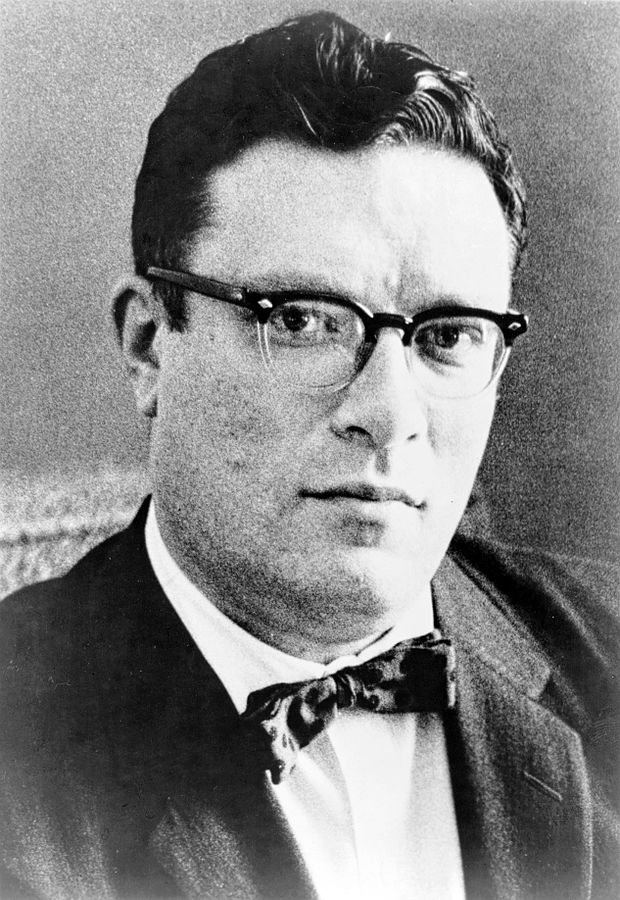


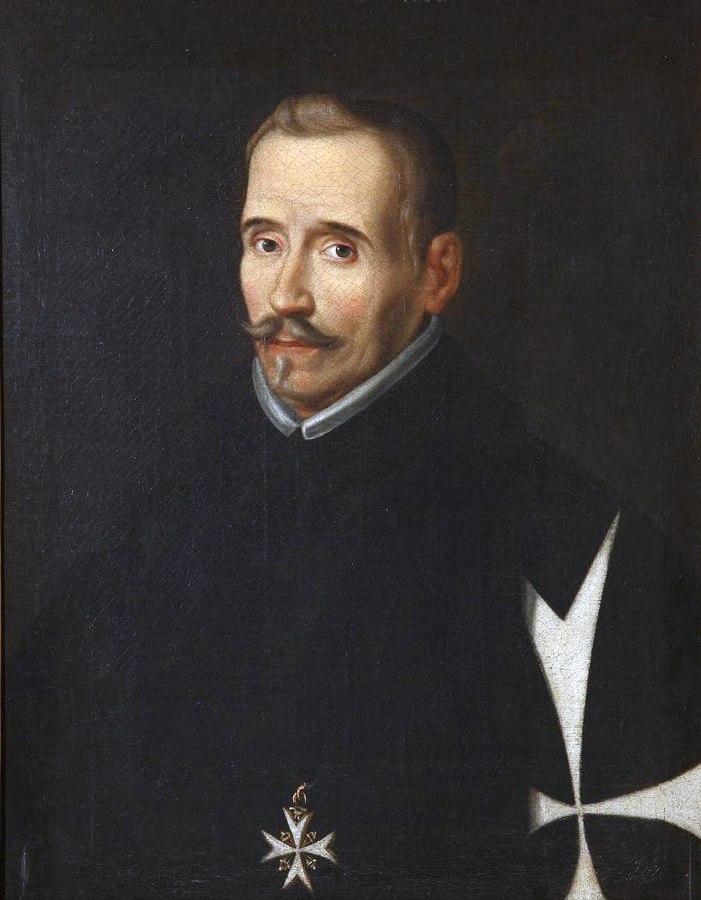
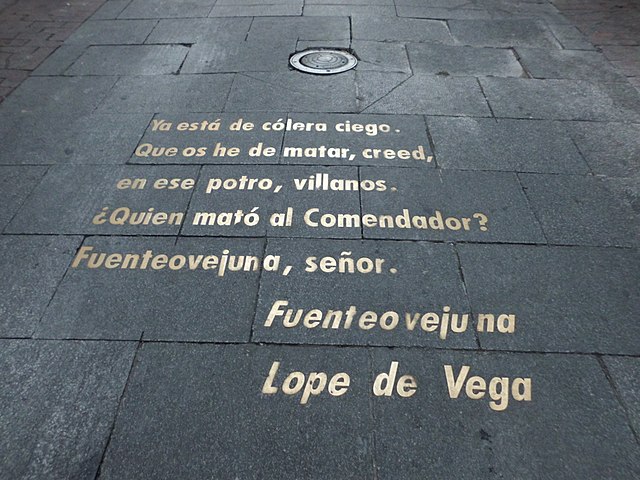
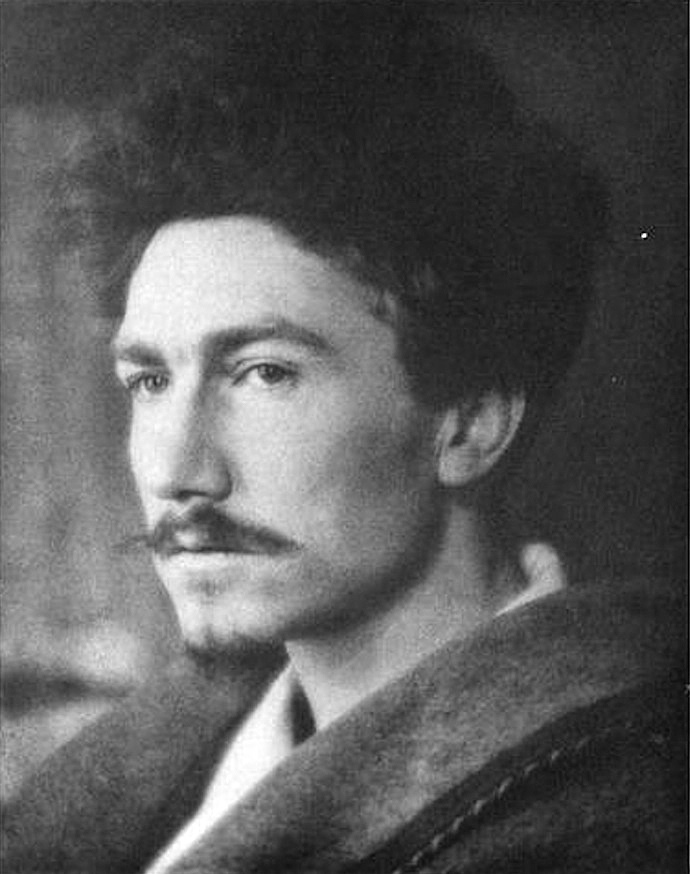
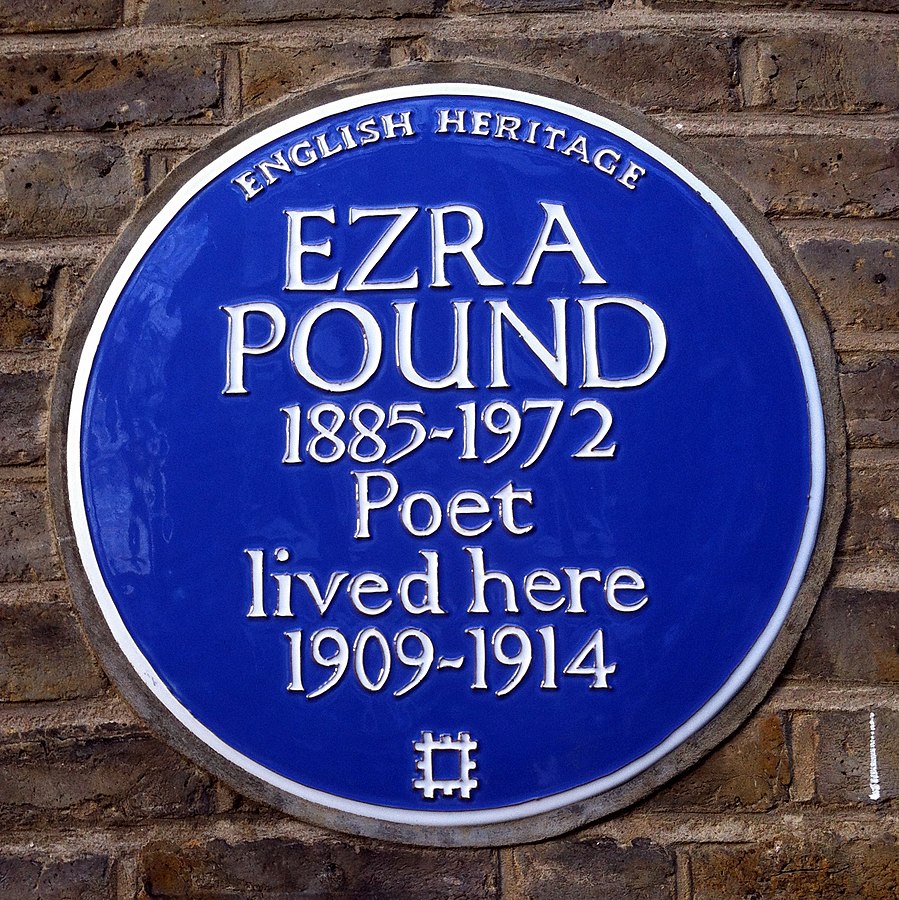
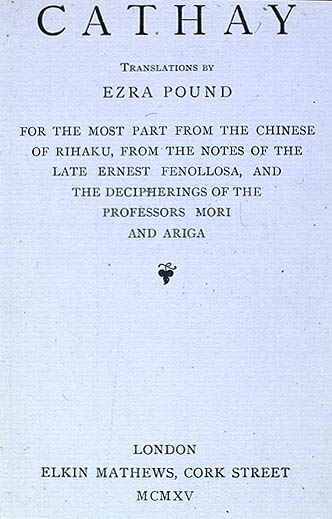
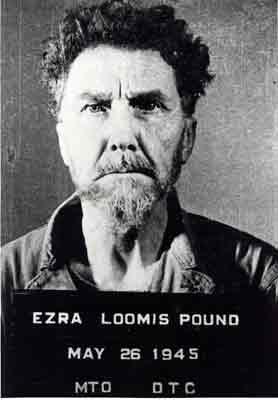
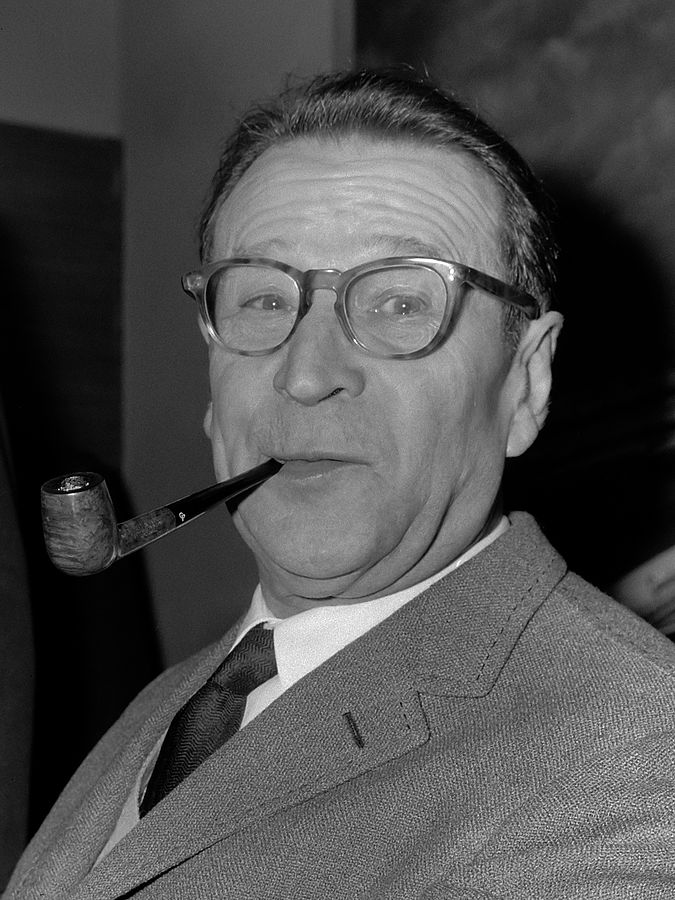
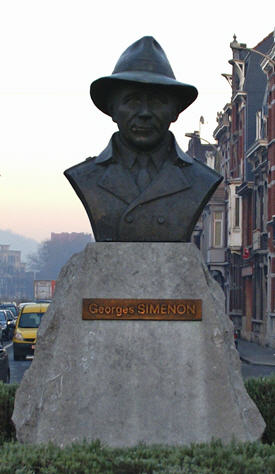
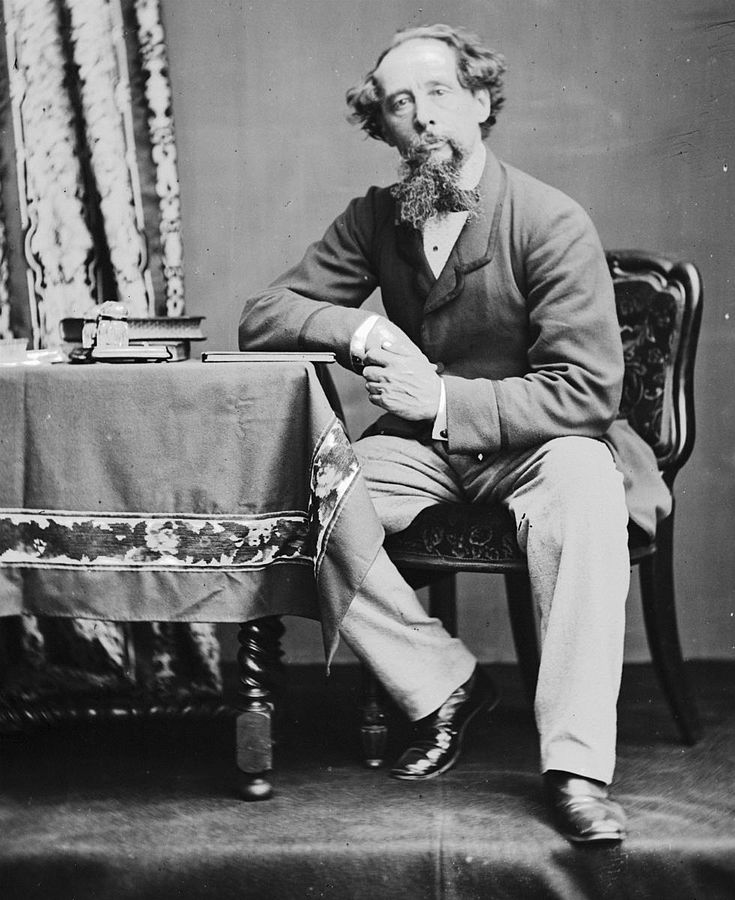
![Sketches by Boz Cover by George Cruikshank [Public domain]](https://booksonthewall.com/wp-content/uploads/2018/09/Sketches-by-Boz.jpg)
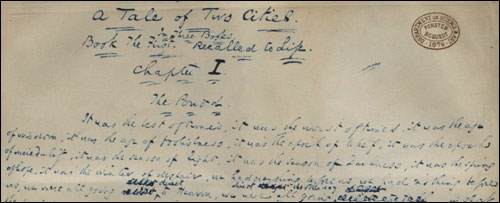



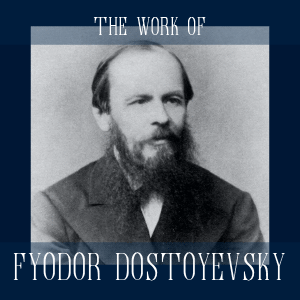
Leave a Reply
Be the First to Comment!